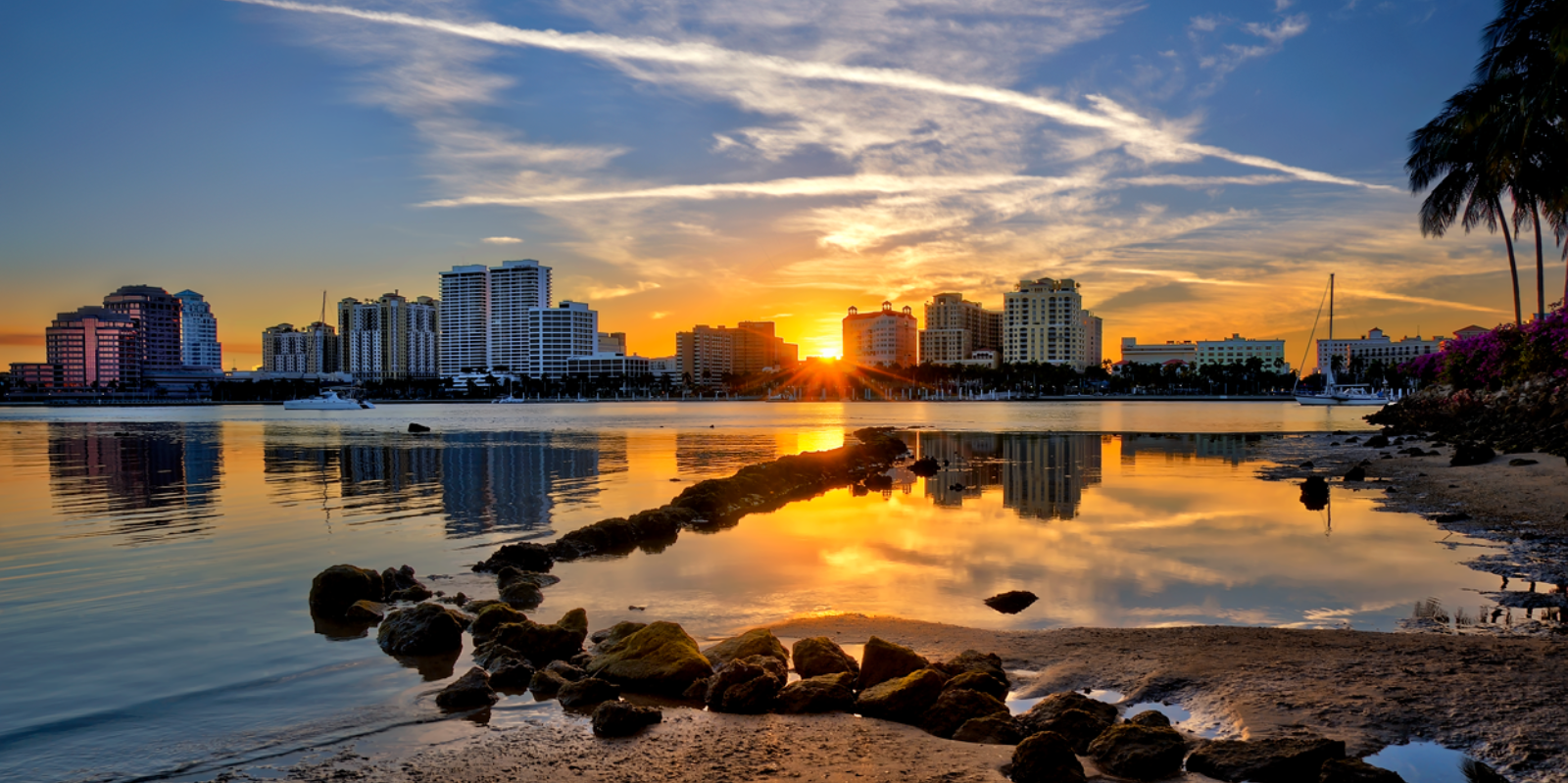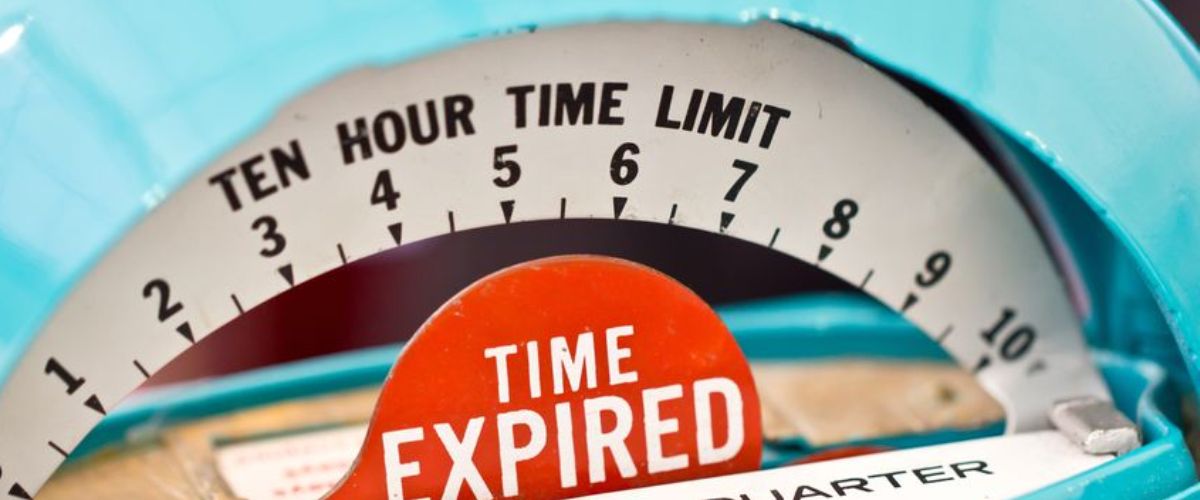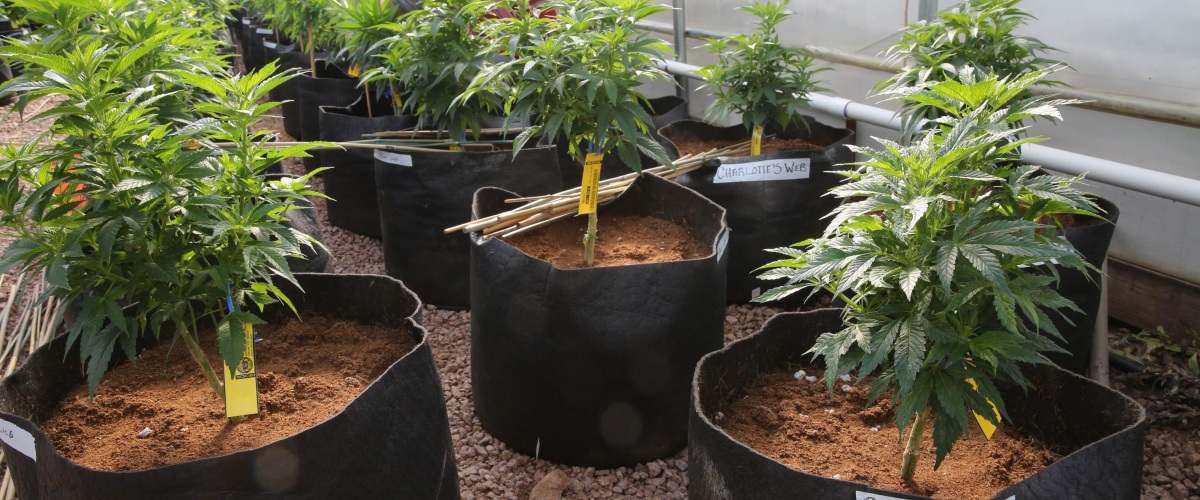Sometimes cities grow up. Sometimes, out. West Palm Beach is doing both.
Along with billions of dollars of development in the works, a new study identifies more than 100 acres on the city’s fringes ripe for annexation from unincorporated parts of the county. Officials say annexing strategic parcels along its jagged border, West Palm can square off its frontiers, make police and fire coverage less confused and build a healthier property tax base to support community needs.
“Annexing also helps the city because state money often is divvied out based on city population,” Development Services Director Rick Greene said at a mayor-commission work session.
In the past six months, Greene’s staff, in a team with representatives of the engineering, fire, police and other departments, studied 559 parcels in six key parts of the city for their annexation potential.
“City staff wants to pursue 38 of the parcels, with 125 acres in all, as priorities for annexation, Greene said. “Another 108 parcels are worth adding, if adding the initial 38 make the others contiguous to city borders. The remaining 413 are not worth pursuing for now, for various reasons. Some might require an arduous rezoning process, for example. For each parcel, they evaluated whether annexing would be politically, technically or economically feasible,”
They asked, would the city be able to deliver utility, police and services there, for example, and did the property have the potential to bring in more tax revenue than it would cost to serve it?
Starting in 1988, when a West Palm visioning report identified future areas for annexation, the city annexed 52 properties, totaling 6,463 acres. The big tracts are mostly gobbled up by now. In contrast to 1988-89, when the city added 2,692 acres in 14 annexations (the Ibis community land was the biggest, at 1,876 acres), in all of the 2010s the city processed half that many annexations, for a total of 22 acres.
The six priority areas the new report identifies for future annexations are:
- On the south side of Okeechobee Boulevard west of the turnpike. This includes the 25-acre Grace Fellowship site at 8304 and 8350 Okeechobee, whose application is in the works. The site is opposite the Andros Isle community.
- A multi-family property on the west side of North Haverhill Road, diagonally across from the MorseLife senior care residences
- North Haverhill’s northeast corner with 45th Street, and a small daycare site on the west side of North Haverhill just south of the Riviera Beach city line.
- North Military Trail near its intersection with Community Drive. This area includes Oxbridge Academy and several commercial sites on both sides of Military. An Oxbridge annexation would not contribute to the tax base because it’s a nonprofit school exempt from property tax. But since state law only allows annexations adjacent to existing city borders, so if West Palm were to annex Oxbridge, other parcels abutting the school would be within the city’s reach, Greene said.
- Parcels scattered near the northeast corner of North Military and Okeechobee.
- A triangular parcel, currently within the Town of Mangonia Park, an extension of the 45th Street Flea Market, which is already within West Palm’s borders.
Properties can be annexed voluntarily or involuntarily. The voluntary ones take place when a property owner applies for them. The sites must be contiguous to the city, “reasonably compact” and not create enclaves — islands of unincorporated parcels surrounded by city land. For involuntary annexations, a city has to schedule a referendum or get consent from more than half of the owners on land covering more than half the total.
“There are reasons why a property owner might want its land to be brought within West Palm’s boundaries but there are disincentives as well,” Greene said.
The big disincentive is that the city’s property tax rate is higher than the unincorporated county’s. The city charges nearly $22 per $1,000 of a property’s value annually; In the unincorporated county, it’s about $17.
“To overcome that disincentive, the city could charge annexed properties less, over three or four years, to make up the difference,” Greene said.
“The incentive for property owners, in addition to access to city services, is that city development rules and procedures can be easier to navigate than the county’s and allow projects of higher density,” said Alex Hansen, comprehensive planner for the city.
City Commissioner Richard Ryles asked whether, by annexing parcels and adding residents, the city risked diluting the votes of its existing African American community. Hansen responded that most of the priority parcels are commercial sites and several are vacant.
Each property to be considered for annexation would have to have the city commission’s approval.
Source: Palm Beach Post




